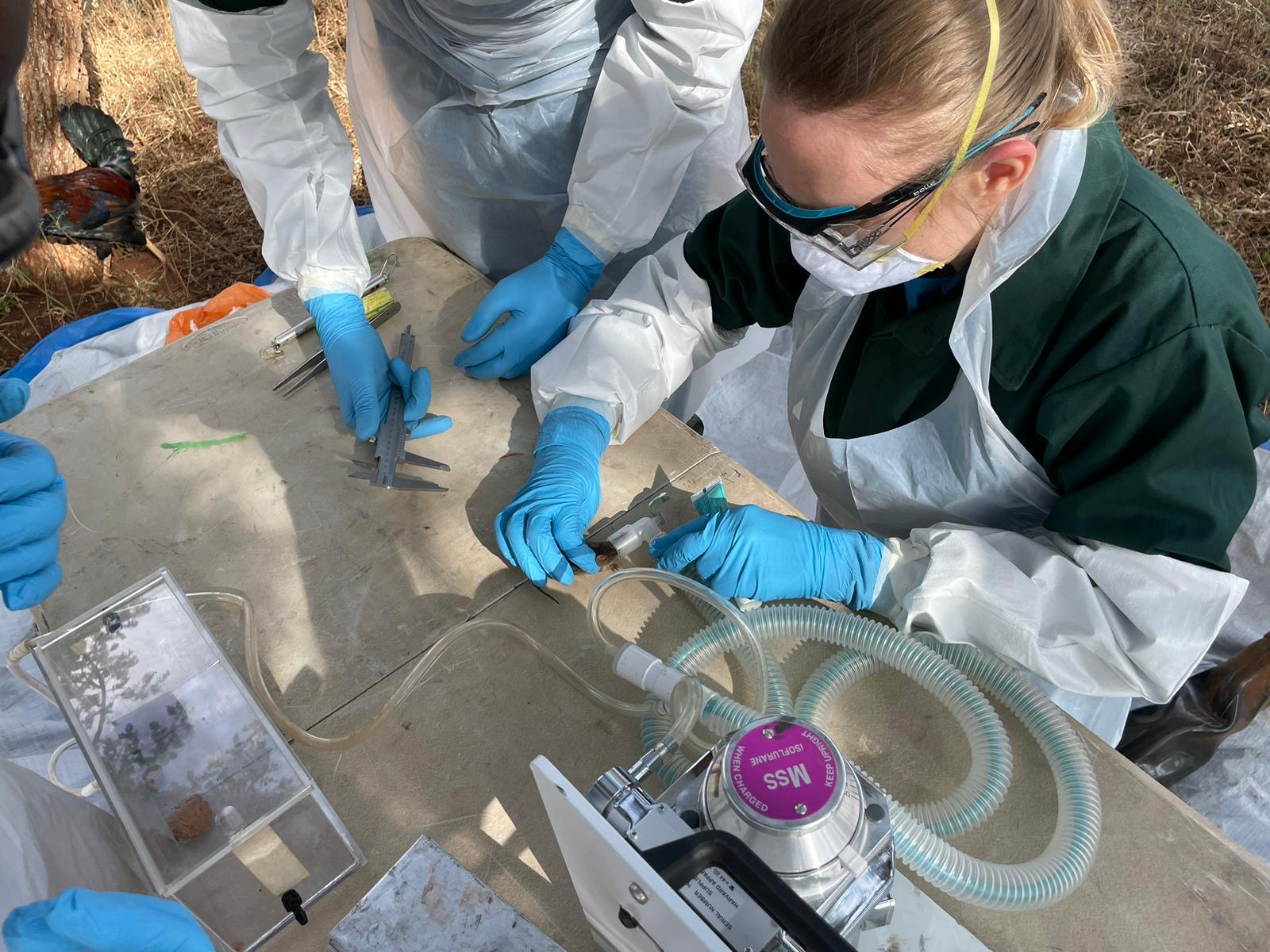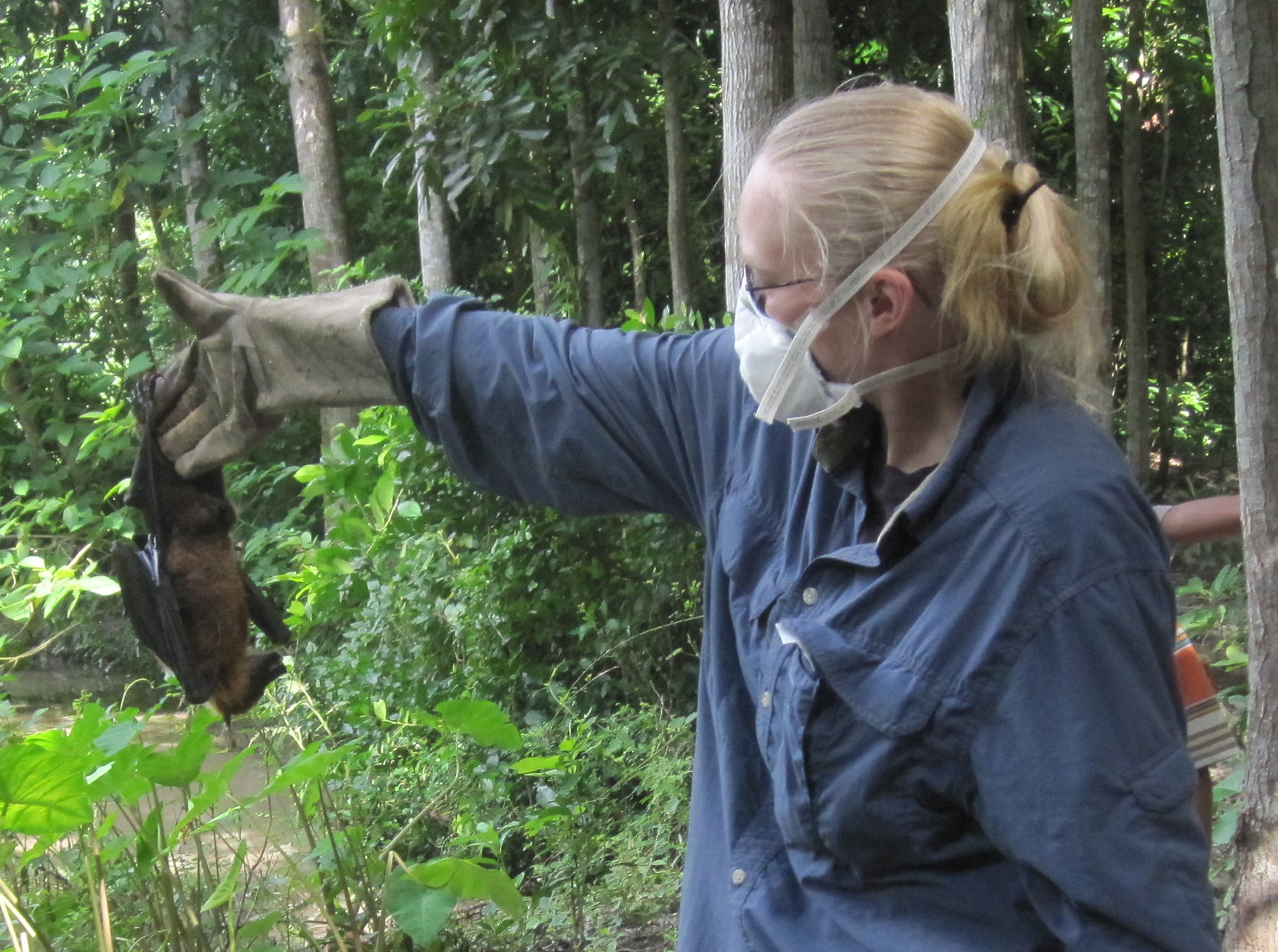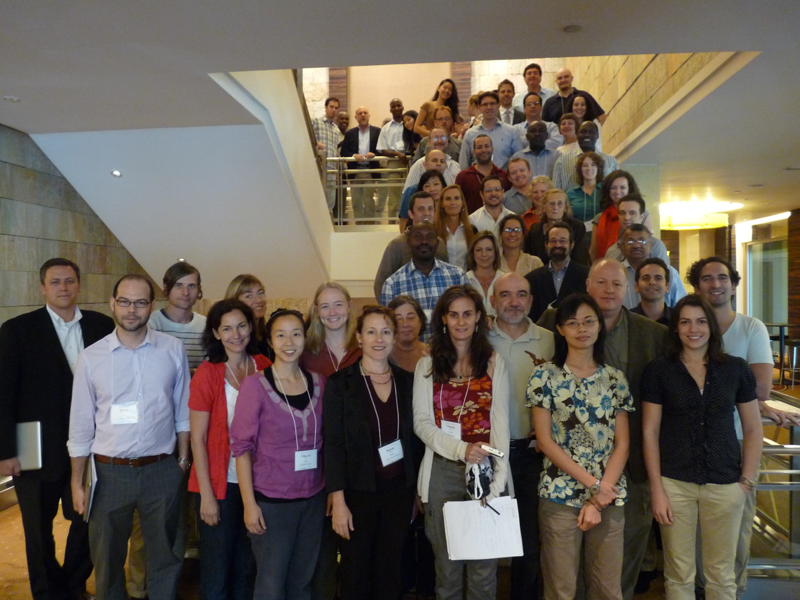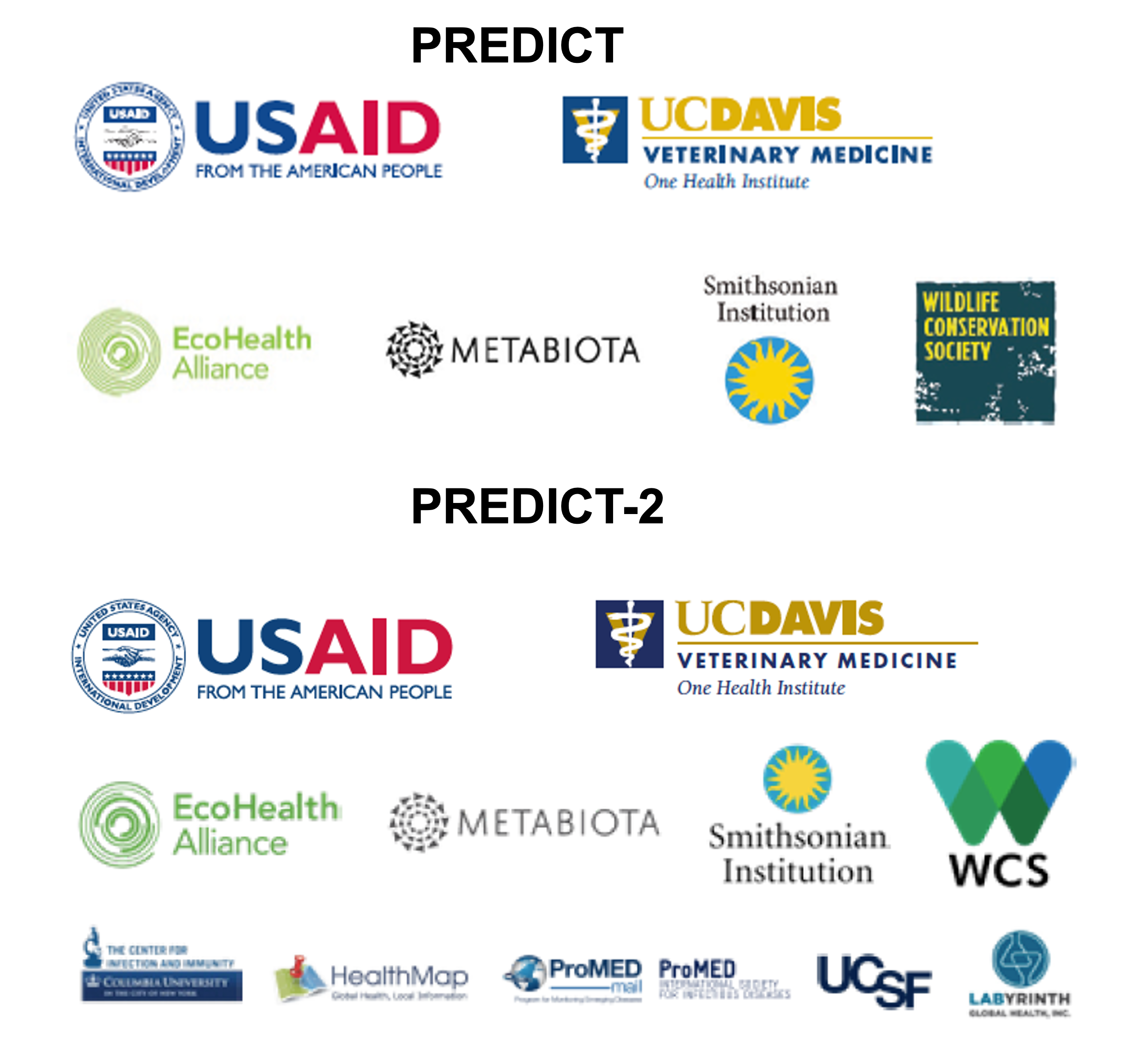The PREDICT and PREDICT-2 projects (2009-2019) were global programs aimed at strengthening global capacity for the detection of viruses with pandemic potential that could move between animals and people.
The programs were focused on developing diagnostic capacity within in-country laboratories, improving or developing emerging virus field surveillance systems and the capacity to conduct behavioral risk research, while identifying drivers of emergence, social and potential control points within economic systems and human behaviors to reduce the risk of emergence.



- As a EcoHealth Alliance’s Surveillance Coordinator, Outbreak Coordinator, Latin American Regional Lead and Bangladesh Country Liaison I worked directly with and/or supported teams in Mexico, Bolivia, Brazil, Colombia, Bangladesh, Malaysia, India, Indonesia, Thailand and China and was part of the global surveillance team for all 30+ countries that were part of PREDICT and PREDICT-2.
- We established and/or supported local wildlife virus surveillance systems: from the field, to the laboratory, to reporting to the results.
- Together, we identified 1,173 unique viruses in wildlife, domestic animals, and humans. Of these, 958 were new viruses previously unknown to science, 215 were known viruses.
- Pandemic mitigation measures, such as direct forest protection payments, could achieve a 40% reduction in risk, and pandemic prevention costs over a 10-year period would only equal ~2% of the global costs of the COVID-19 pandemic.
- we successfully trained, supported, and networked >6,000 wildlife, veterinary, and human health professionals from local, subnational, and national levels and facilitated knowledge-sharing and ongoing working relationships, breaking down historical barriers between sectors and disciplines.
- Our partner laboratories, who used PREDICT protocols, were the first to be able to diagnose COVID-19 during the early days of the pandemic, before the WHO assay was available.
We appreciate all the contributions of our partners and stakeholders.

This work was a collaboration that was led by University of California, Davis, EcoHealth Alliance, Wildlife Conservation Society, the Smithsonian Institute, and Metabiota and included many in-country and global partners.

These programs were funded by the United States Agency for International Development’s (USAID’s) Emerging Pandemic Threats Program.